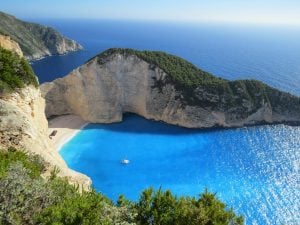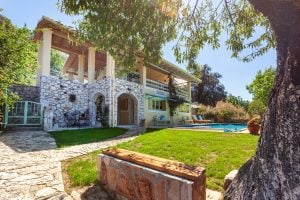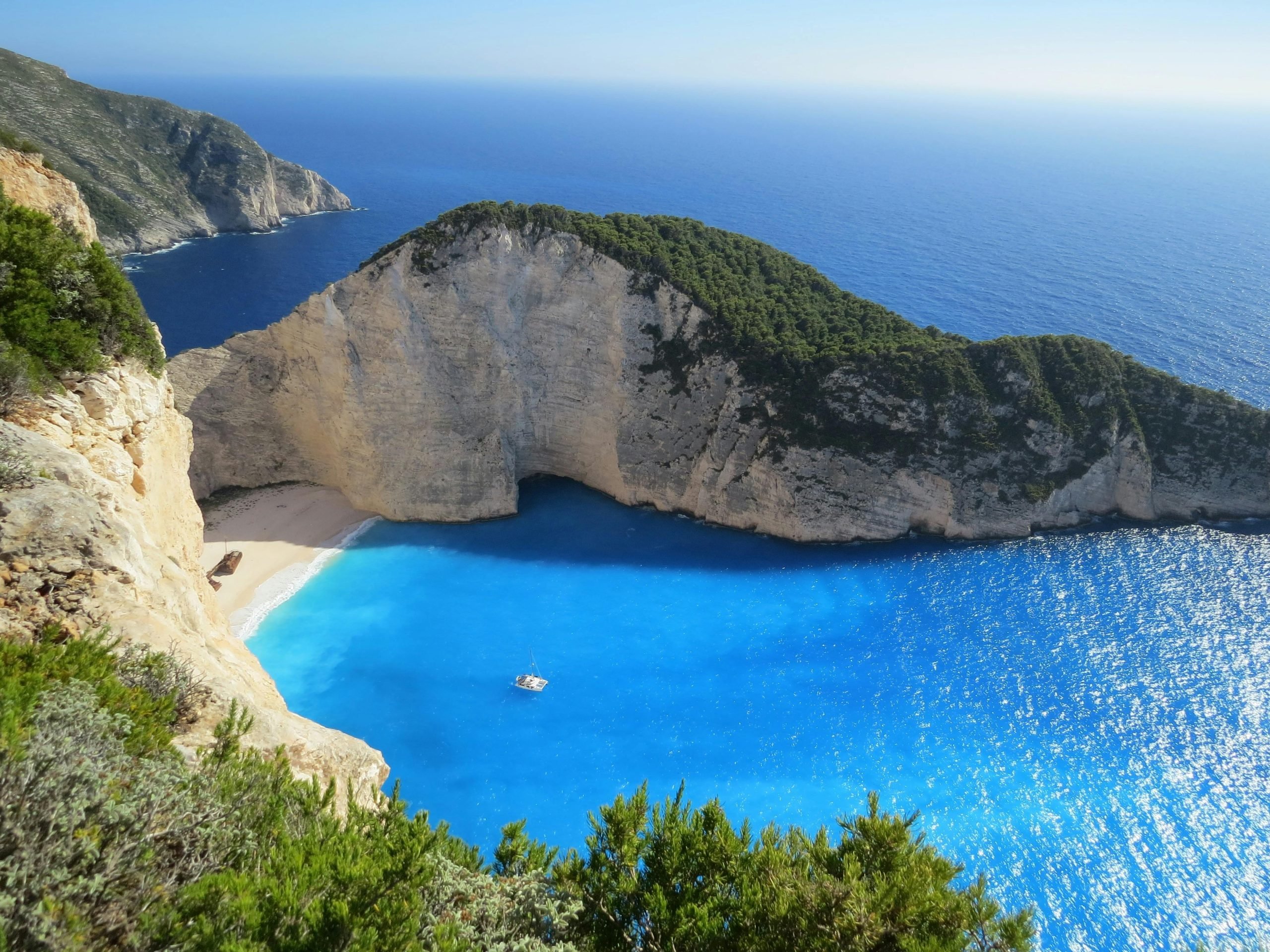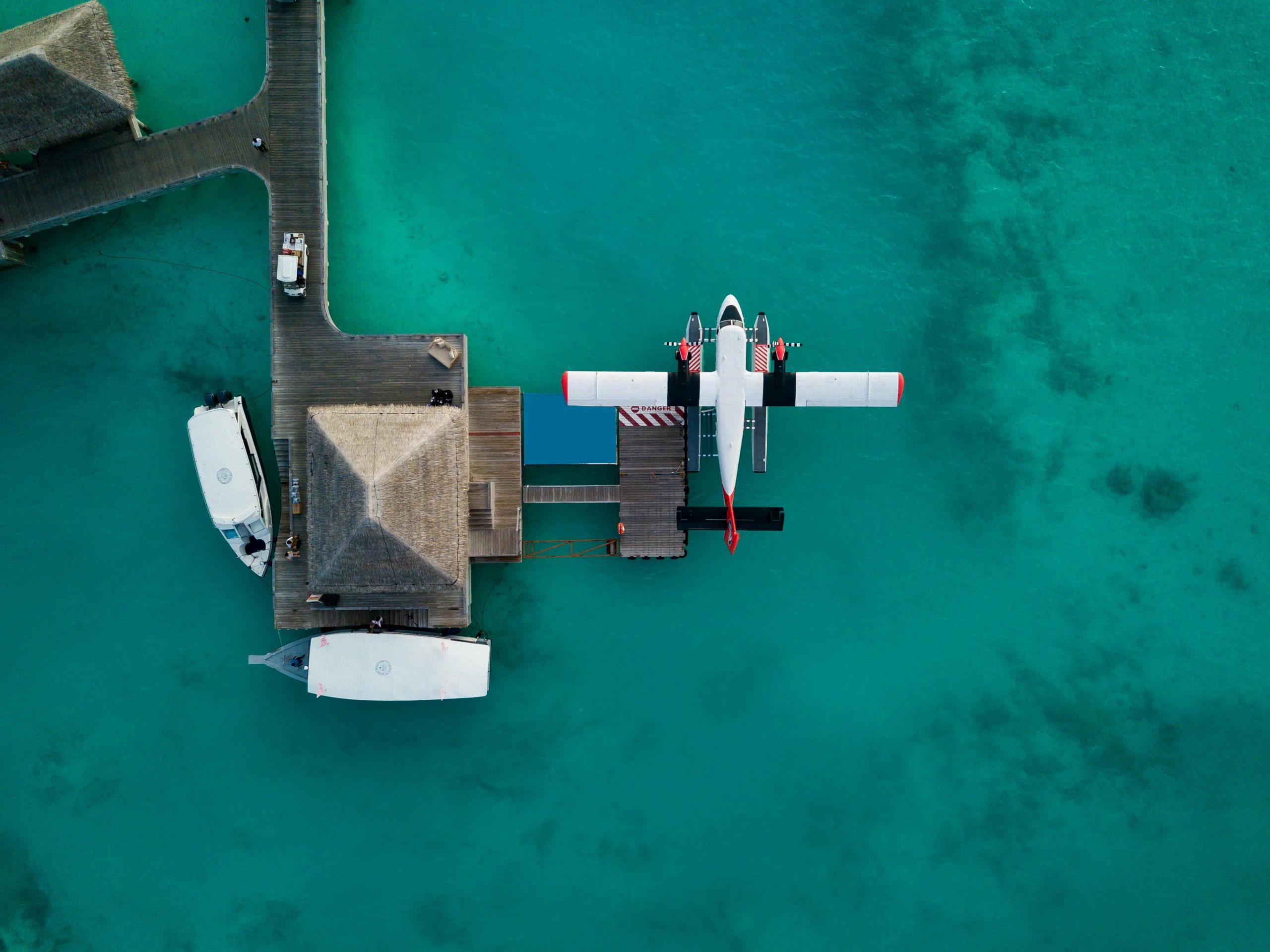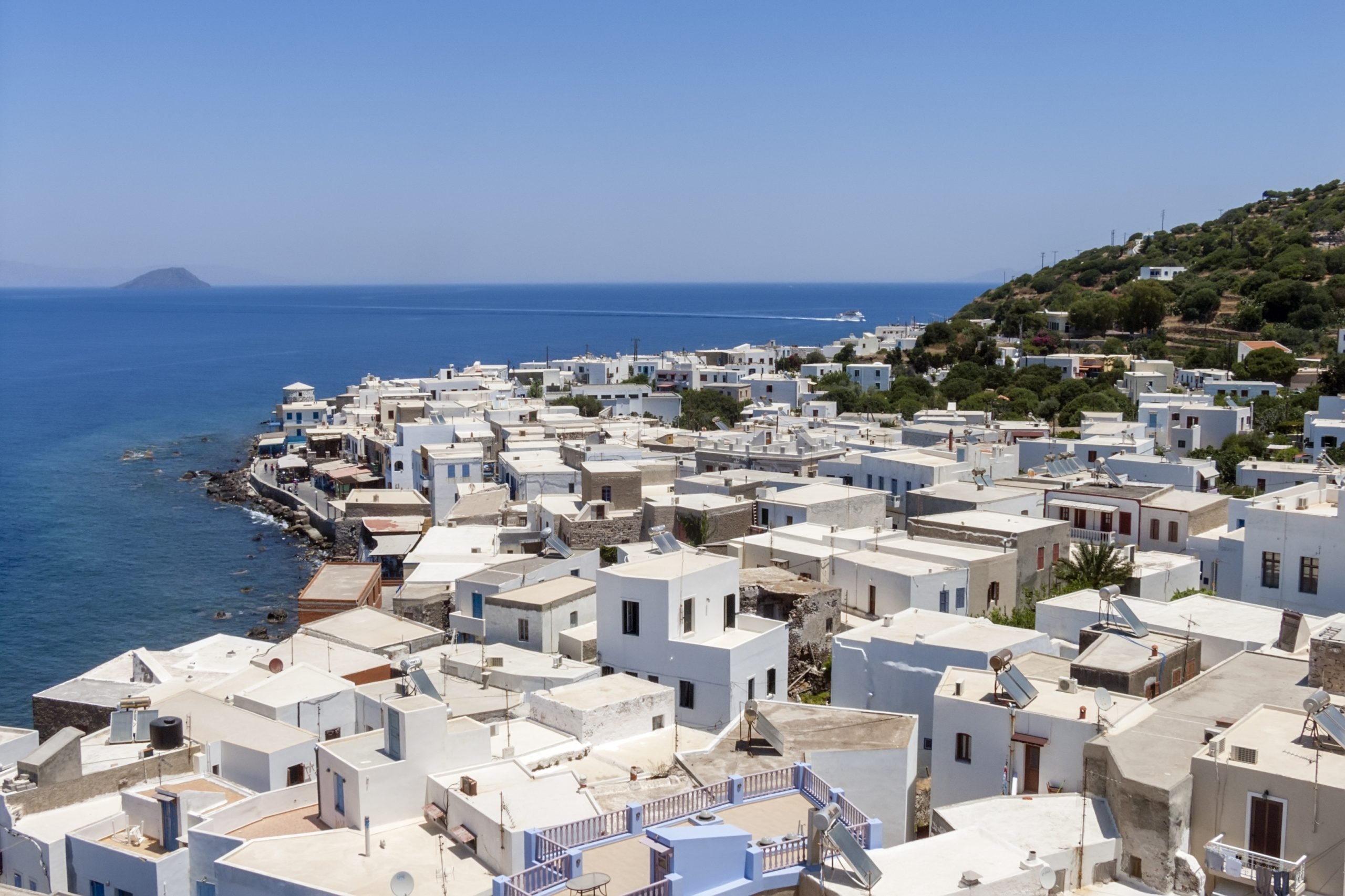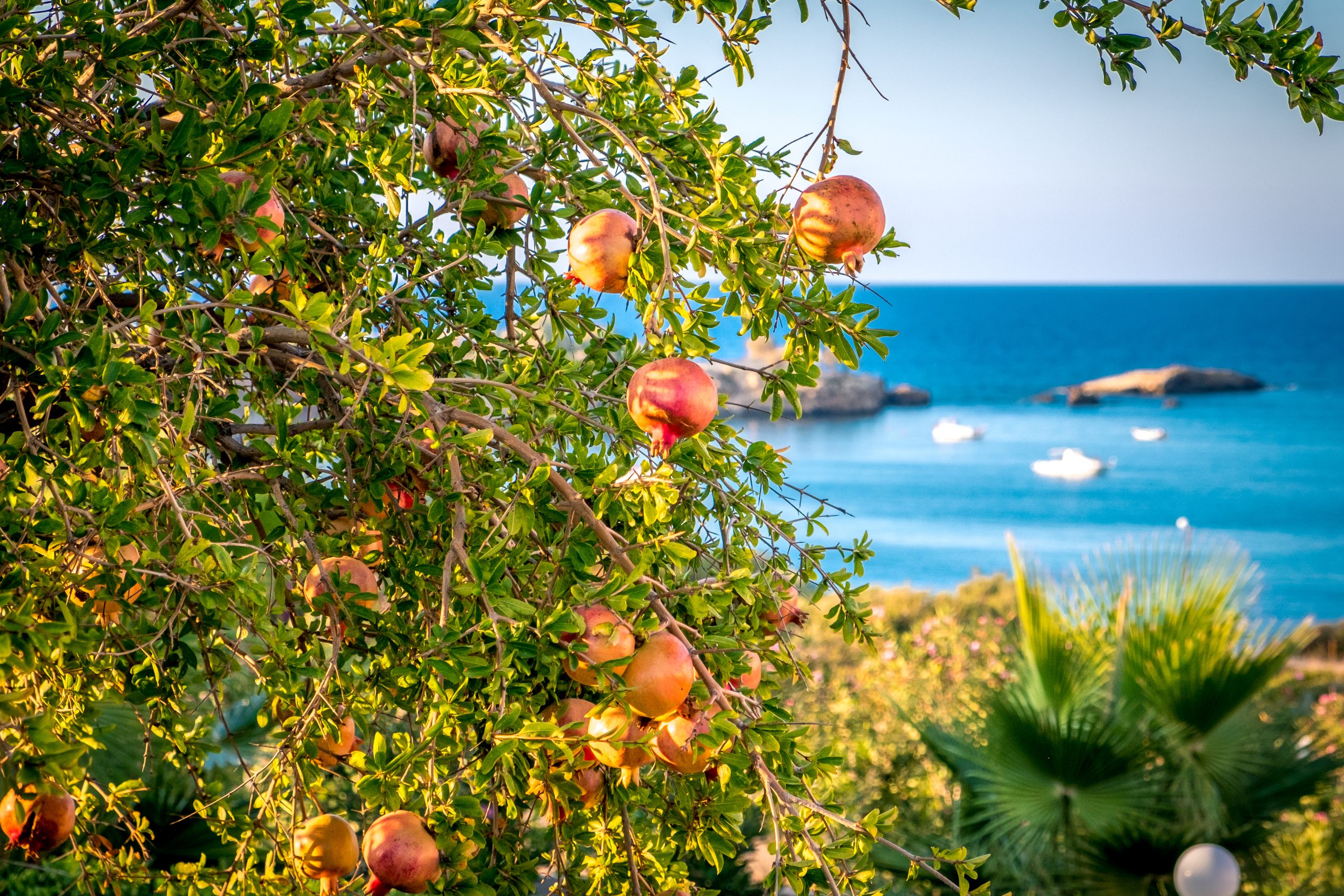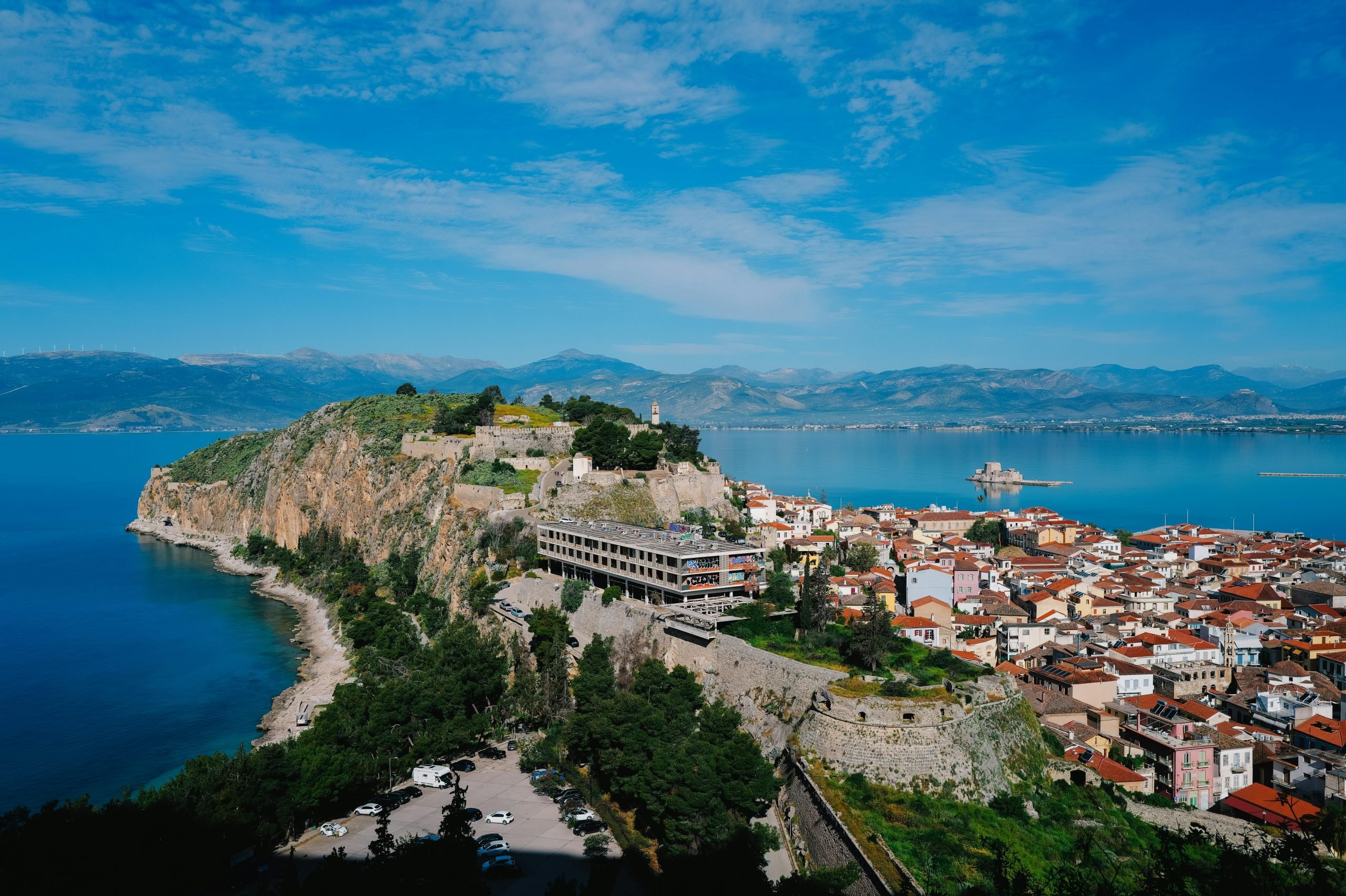Symi (sometimes spelled Simi) is located next to Rhodes Island. It is a hidden gem of the Dodecanese and you will be enchanted by its colorful houses. The port looks like a postcard when you approach by boat, because of the bright colors of the mansions.
The climate of the island is like the other Dodecanese islands – dry and hot in the summer. Symi is relatively hilley and has small valleys in the interior. The coastline is lined with beaches and rocky cliffs.
The most popular place to go is the capital town, which is split into 2 sections: Gialos and Chorio. Other places to visit on the island include the Panormitis Monastery and Symi Island’s picturesque beaches.

Symi’s Neoclassical Mansions
The mansions on Symi have either 2 or 3 floors and are known for their tiled roofs, small balconies, and wooden doors. Homes on Symi typically have a small courtyard with pebbles that form geometric patterns. Once you are inside the house, you will find the Sala, which is a large reception hall and the most important room of the mansion.
It’s hard to miss the beautiful mansions of Symi that were built in the 19th century. They were inspired by the commercial journeys of locals from Symi at the time. For example, many were influenced by the architecture of Smyrna, which before the catastrophe in 1922 featured many Neoclassical buildings. Symians wanted the island of Symi to look like Smyrna.
To build their mansions, Symi’s residents brought roof tiles from Marseilles and wood from Italy. Local building materials included stone and mortar. If it was an expensive building, the mortar was made with soil from Santorini. The color scheme was often ocher, terracotta, azure, and white.

Symi’s History
Symi was once part of the Roman Empire and subsequently the Byzantine Empire. The Knights of St. John conquered the island in 1373. The Ottoman Empire took over in 1522 but left the island many of its privileges. Symi was always in an important location because it was a stopping point for traders until steam-powered shipping was invented in the 1800s.
During the Greek War for Independence in the 1820s, Symi was not included in the new Greek state. So, Symi stayed under Ottoman rule. In 1912, the Italians commanded the island for 30 years. At that time, locals from Symi were not happy with their Italian leaders and started to leave the island.
At its height, Symi’s population at the end of the 19th century reached 22,500. Today, it has declined to 2500. About 120 non-Greek residents live in Symi, with the largest portion (50) being British.
Symi’s Sponge Divers
The first Greeks to dive for sponges were from Symi. Other islands took their knowledge of sponge diving, processing, and trading from the locals of Symi. In fact, travelers to Symi in the Middle Ages thought that Symi was the only place where sponges could be found.
At one point, Symi owned the world’s biggest sponge-diving fleet and dove for sponges as far as the North African coast. They would market the sponges for sale in London and in the United States. The most famous sponge company historically in Symi was owned by the Petrides brothers. They had offices in Syros, Paris, and London.
The Italians, later rulers of the Dodecanese, banned sponge diving during the First World War, which led to a gradual decline in the population of Symi. So, slowly Kalymnos began to take first place in sponge diving among the Greek islands.

Want to Visit Symi?
Symi is a small island with many possibilities. Beyond just the aforementioned architecture and sponge-diving, the island also features coastal hikes, relaxing beaches, and castle ruins. In the summer months, the island of Symi turns into a hub for music festivals and the performing arts. The most famous of these events is the International Film Festival, which features free outdoor movies.
It is common to get to the island either by ferry or by plane. The closest airport is in Rhodes. From Rhodes, the ferry connects with Symi daily and the quickest route lasts about 1 hour.
On your way to Symi, it’s also worth stopping in Rhodes, a Greek island that shares a similar architecture to Symi. It shares a history of Venetian Architecture, Neoclassical influences, and remnants from the time of the Knights of St. John.

